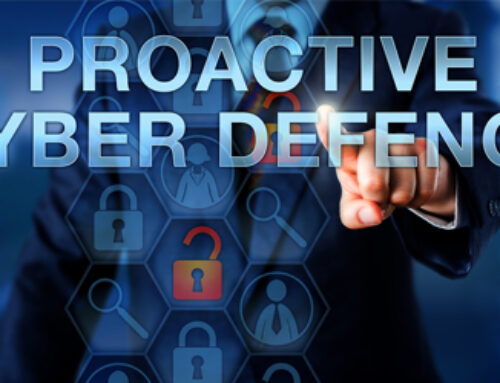
In the digital realm, servers serve as the heart of an organization’s IT infrastructure. They store crucial data, run vital applications, and facilitate essential business operations. However, this centrality also makes servers an attractive target for cyberattacks. The implications of a server breach can range from business disruption and financial loss to reputation damage and regulatory penalties. Therefore, securing servers and preventing data breaches is a top priority for any organization. This article outlines best practices for enhancing server security and mitigating the risk of data breaches.
1. Regular Patching and Updates
Patching and updating servers is one of the most fundamental steps in server security. Developers constantly release patches and updates to fix vulnerabilities and enhance security features. Therefore, staying on top of these updates and implementing them promptly is crucial. Automated patch management tools can help streamline this process and ensure no updates are missed.
2. Firewalls and Intrusion Detection Systems
Firewalls and Intrusion Detection Systems (IDS) are essential tools for securing servers. Firewalls control the flow of traffic to and from your servers, allowing only legitimate traffic while blocking potential threats. IDS, on the other hand, monitor your server network for suspicious activity and alert you to potential attacks. Together, these tools can form a robust line of defense against server attacks.
3. Secure Configurations
Securely configuring your servers is another vital step in server security. This includes disabling unnecessary services, restricting permissions, implementing strong password policies, and encrypting data. Following industry best practices and security benchmarks, such as those provided by the Center for Internet Security (CIS), can help ensure your servers are securely configured.
4. Regular Auditing and Monitoring
Regular auditing and monitoring can help you identify and address security issues before they escalate into a breach. This includes monitoring server logs for unusual activity, auditing user access and permissions, and regularly assessing your server security posture. Tools like Security Information and Event Management (SIEM) systems can aid in consolidating and analyzing log data for proactive threat detection.
5. Implement Multi-Factor Authentication (MFA)
Implementing MFA adds an extra layer of security by requiring users to provide two or more forms of identity verification when accessing servers. MFA can significantly reduce the risk of unauthorized access, even if a user’s password is compromised.
6. Regular Backups and Disaster Recovery Planning
Regularly backing up your server data is crucial for mitigating the impact of a data breach. In case of a breach, you can restore your data from backups, minimizing data loss and business disruption. Additionally, having a disaster recovery plan in place ensures that you can swiftly and effectively respond to a breach, reducing its impact.
7. Staff Training
Your staff can be your greatest asset or your weakest link when it comes to server security. Regular staff training on best security practices, threat awareness, and incident reporting can help foster a culture of security and reduce the risk of breaches.
8. Server Hardening
Server hardening involves implementing security measures to reduce your server’s attack surface. This includes secure configurations, software updates, the removal of unnecessary applications and services, limiting system access, and more.
In conclusion, securing servers and preventing data breaches requires a multi-layered approach. By implementing regular patching and updates, deploying firewalls and IDS, ensuring secure configurations, monitoring your servers, implementing MFA, maintaining regular backups, training your staff, and hardening your servers, you can significantly enhance your server security posture and mitigate the risk of data breaches. Remember, server security is not a one-time task but an ongoing process that requires continuous vigilance and proactive management.



